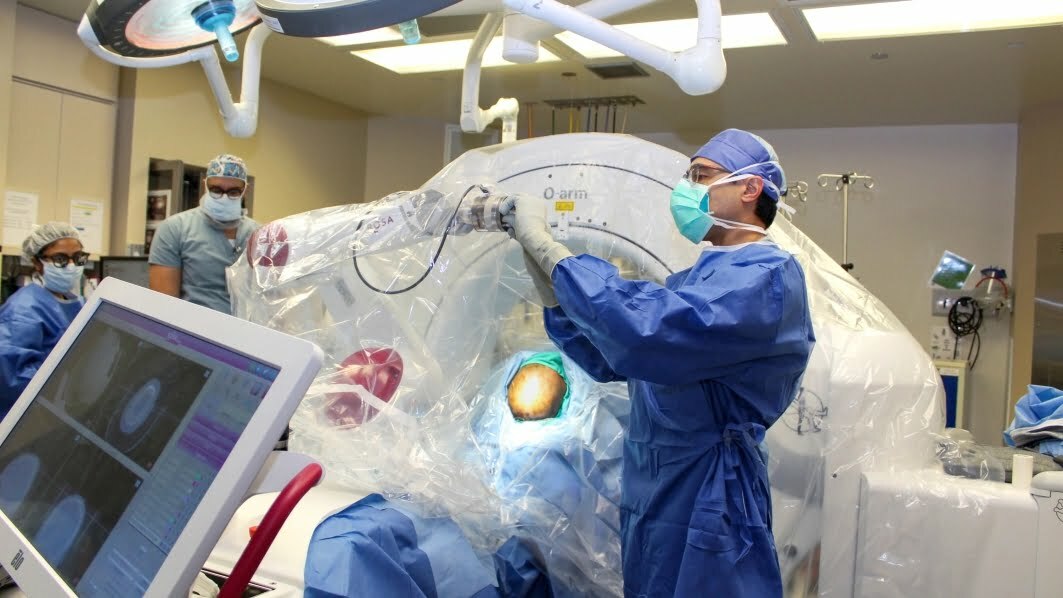Depression is a widespread mental illness. It can cause sadness, loneliness and despair, as well as physical symptoms such as mood swings, fatigue and digestive problems. It is usually treated with drugs and psychotherapy to manage symptoms and improve quality of life, but science has long sought more effective techniques.
Deep brain stimulation, for example. It is already used to treat severe cases of epilepsy and some movement disorders such as Parkinson's. Treating depression, however, represents an even greater challenge. This is because, despite efforts to fully understand its mechanisms, there is still much to discover about how the brain reacts to the onset of depression, an extremely complex disease. It's not simply about correcting a tremor, but about addressing an entire universe of symptoms. Signs of a very different nature such as the presence of suicidal thoughts, difficulty experiencing pleasure and changes in mood, motivation, sleep and appetite.
A mood “decoder”.
It was said of deep brain stimulation: well, it is true that tiny electrodes implanted in the brain have the power to alleviate disorders such as depression. Last year, for the first time a patient was cured by this method. Today, however, the results vary too much: for this, a tool capable of understanding how and to what extent the brain is affected by an imbalance would be needed, in order to be able to intervene more effectively and precisely.

Scientists of the Baylor College of Medicine of Houston conducted a research (I link it to you here) which led to the creation of a “mood decoder”. Things? It is a tool that, simply by analyzing brain activity, allows us to understand how someone feels. Using this decoder, researchers hope to be able to measure the severity of a person's depression and more precisely pinpoint where to place electrodes to achieve the greatest effect on the patient's mood.
The team has currently tested the decoder on three volunteers, obtaining extremely promising results. Not only were they able to correlate the volunteers' specific brain activity with their mood, but they also discovered a way to stimulate positive moods. Second Sameer Sheth, the neurosurgeon leading the project, this is “the first demonstration of successful and consistent mood decoding in humans in these brain regions.”
Possible applications
A tool that decodes mood could have many future applications, both in the medical field and in other sectors. In the medical field, for example, it could be used to diagnose and treat other mental pathologies such as anxiety and bipolar disorder, allowing treatment to be personalized based on the patient's mood and its effectiveness to be assessed. It could also be used to monitor patients remotely, allowing healthcare workers to intervene promptly in case of changes in mood.
And in other sectors? (Warning: contains conspiracy theories). A “mood decoder” would make the fortune of those who conduct market research. In a thousand ways. To understand consumer reactions to certain products or services. Or in the field of public relations, to evaluate the impact of a communication campaign. It could be used in work contexts, to evaluate the psychological well-being of employees and intervene in case of stress or other mood disorders.
How do you say? Would it be useful to place electrodes on the brains of many people? True. And in fact the alternative uses are theory: but they are theory with concrete foundations.


